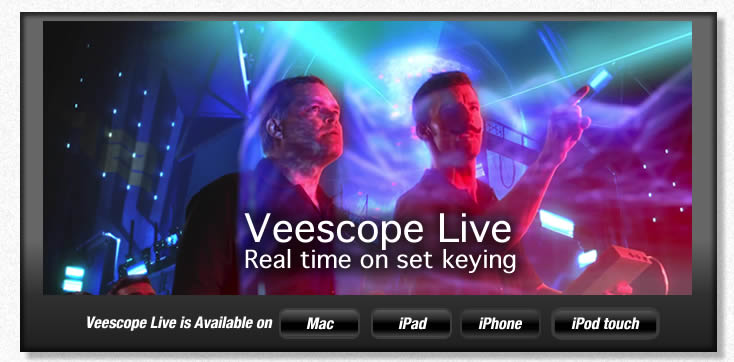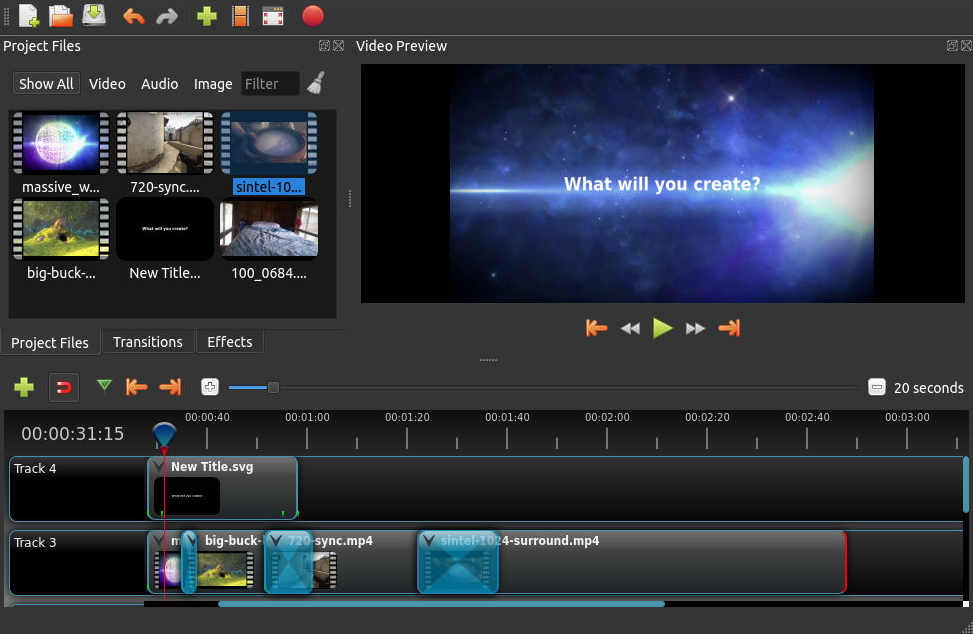

Video stylets, glass video bundles that conduct light and a video image, are similar to bronchoscopes, but they're semi-rigid and malleable only outside the airway. This short guide will help you determine which equipment best fits you and your facility. Clearly, the future of difficult airway management is in the innovative use of video-assisted laryngoscopes and video stylets. Over the years, we've seen a continual improvement in the tools for managing difficult intubations. SECURE THE AIRWAY You can't always differentiate the difficult from the routine airway. Maybe it's the fiberoptic bronchoscope, maybe an intubating LMA. Pick any piece of equipment you use above the vocal cords.
#Video scopes for mac how to
Pull out a piece of equipment from the airway cart you haven't used in while or that you've never used and learn how to use it. And you can't keep the difficult airway cart locked up gathering dust until you need it (see " What's in Your Difficult Airway Cart?" on page 26).Īt least once a month, all anesthesia providers should set aside a day to master the tools of difficult airway management on routine, healthy patients who have normal airways (you don't want to practice using the equipment when the patient's oxygen saturation is 60!). The confidence and requisite skills required for successful management of the difficult airway come with continual practice.

You can't predict challenging intubations, but you can certainly prepare for them. In airway management as in life, proper planning prevents poor performance. Once a month, set aside a day to master the tools of difficult airway management on routine, healthy patients who have normal airways. Yes, you might go your entire career without needing to perform an emergency airway puncture, but if the time ever comes, you'll be glad you went to that difficult airway hands-on workshop and worked on that pig trachea. All anesthetists should be skilled in at least one alternative technique of tracheal intubation under vision.Įven with all of today's modern devices, you can't neglect such skills as cricothyrotomy. Awake intubation is the cornerstone of the difficult airway algorithm.
#Video scopes for mac professional
It is every anesthesia provider's personal and professional responsibility to acquire and maintain the necessary skills to use airway devices. But without the skills and competence you can only acquire through training and practice, the ideal airway device is pretty much useless. The ideal airway device is simple to set up and use, effective and reliable. We're fortunate that we can stock our airway carts with such new and advanced (and affordable!) tools as video laryngoscopes and disposable fiber-optic bronchoscopes. What if you can't visualize vocal cords? What if the patient starts desaturating? It shows up without warning, rarely announcing itself in the form of an obese patient with limited head extension and obvious airway pathology. The unanticipated difficult airway is an anesthesia provider's worst nightmare.

But only because I had learned this critical lesson about difficult airways: Better to prepare for challenging intubations than to (try to) predict them or, worse yet, foolishly think that one won't happen to you. I set aside my laryngoscope and blade and reached into my difficult airway cart for my fiberoptic bronchoscope (this was before the advent of video laryngoscopes). Thankfully, over my 42-year career in the OR, I had taken the time and effort to master the tools of difficult airway management. Now what? That easy intubation just got a lot more interesting and a lot more challenging on the young male patient with the facial tumor. Instead of visualizing the vocal cords, all I could see was pink and froth.


 0 kommentar(er)
0 kommentar(er)
